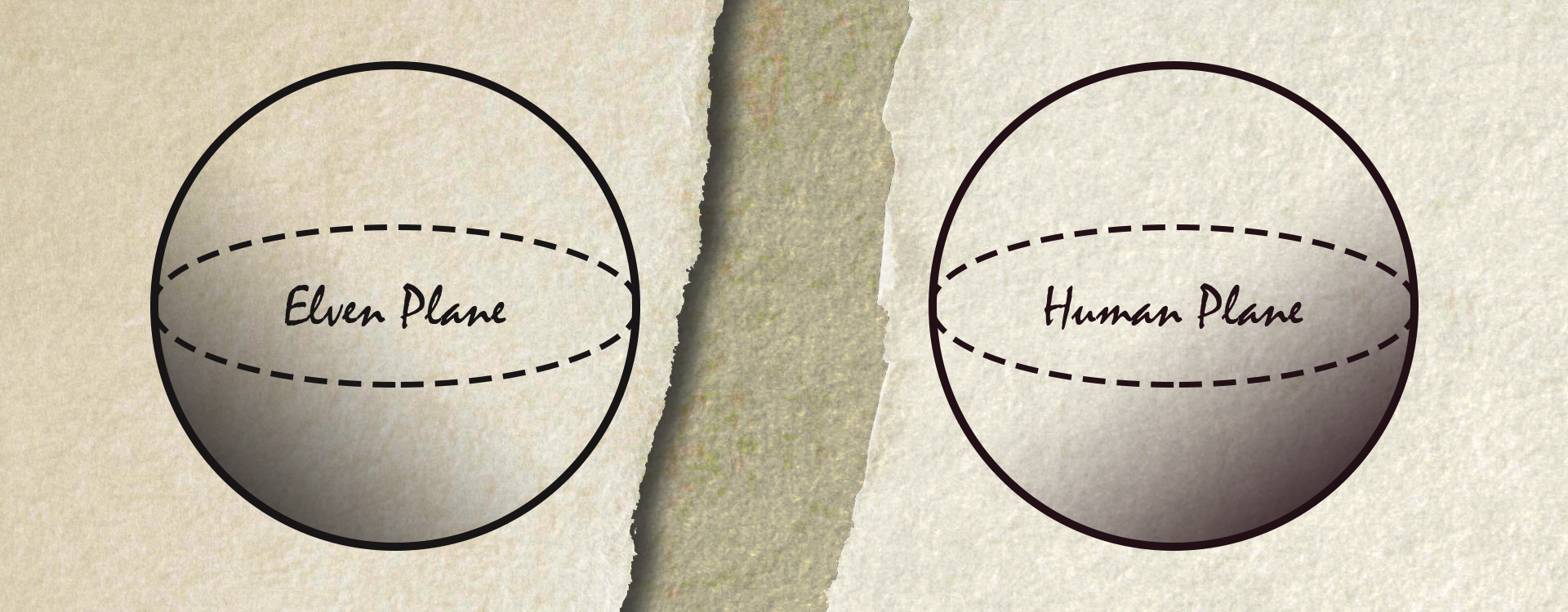Aurora Noha
Watching the aurora form over Chalsei Kóshoil is like nothing else. I almost wish the mountain would erupt in that glittering emerald fire, as it did in the Collision - such a sight would be beyond compare.In many areas across Tiyu Amara, the sky has been seen to ripple and shift with lights and stars. This phenomenon, typically referred to as Aurora Noha, is rare but highly adored by people across the world.
Manifestation
The Aurora Noha is the category name for two different types of aurora - a vibrant rippling of magenta and blue, and a jagged glittering scar. The former have been seen throughout Tiyu Amara, tending to be most visible on dark nights and at high altitudes, resembling long narrow clouds. The latter are far more localised, most commonly occurring over Fovenis Lake and Wanbarum Crater, and last for months and years at a time.History
While auroras have been known to occur throughout the world, particularly in its far north and south, Aurora Noha only began to happen following the Collision of the two planes of Tiyu Amara and Tiyu Noha. The day of the Collision itself saw the sky awash in colours and glitter, which would settle down slowly over time. The majority of these auroras were the colourful rippling type, distinguishable from typical auroras by their colour and texture. Aurora Noha was common for the following three centuries until the Separation, when the two planes were painfully pulled apart. This event was when the scar type aurora began to occur, with the ripples becoming less frequent and less vibrant.
Type
Natural





Comments